Last month we said our good-byes to the seals as the field season concluded at our study sites in Orkney, Kintyre and Isle of Skye. All teams have taken a well deserved break from the field, and the office work welcomed us back with a big smile. Until the next fieldwork season starts in June of 2019, the time will be mostly spent processing all the pictures collected, meaning our computer screens will most likely show seal faces for the next few months:
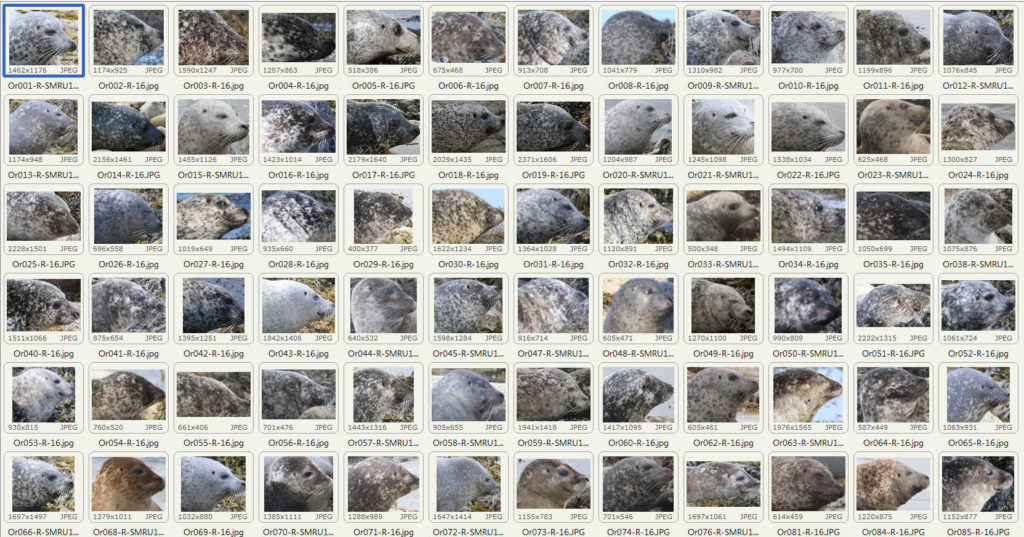
Once the photographs for the season have been processed, we can have a look at what the data shows. We can figure out how many seals were seen, and in the case of adult females, we will have information on whether they had a pup or they did not. Of course it might be that a female had a pup but we just did not see it, let’s say if that female decided to pup nearby instead of the monitored site. By constructing these sighting histories in consecutive summers, we can learn about the mortality and birth rates that characterize each study site, and find out whether there are any differences between areas where the number of seals have been declining (such as in Orkney) or where the number of seals has been stable or even increasing (such as in areas of the West coast).
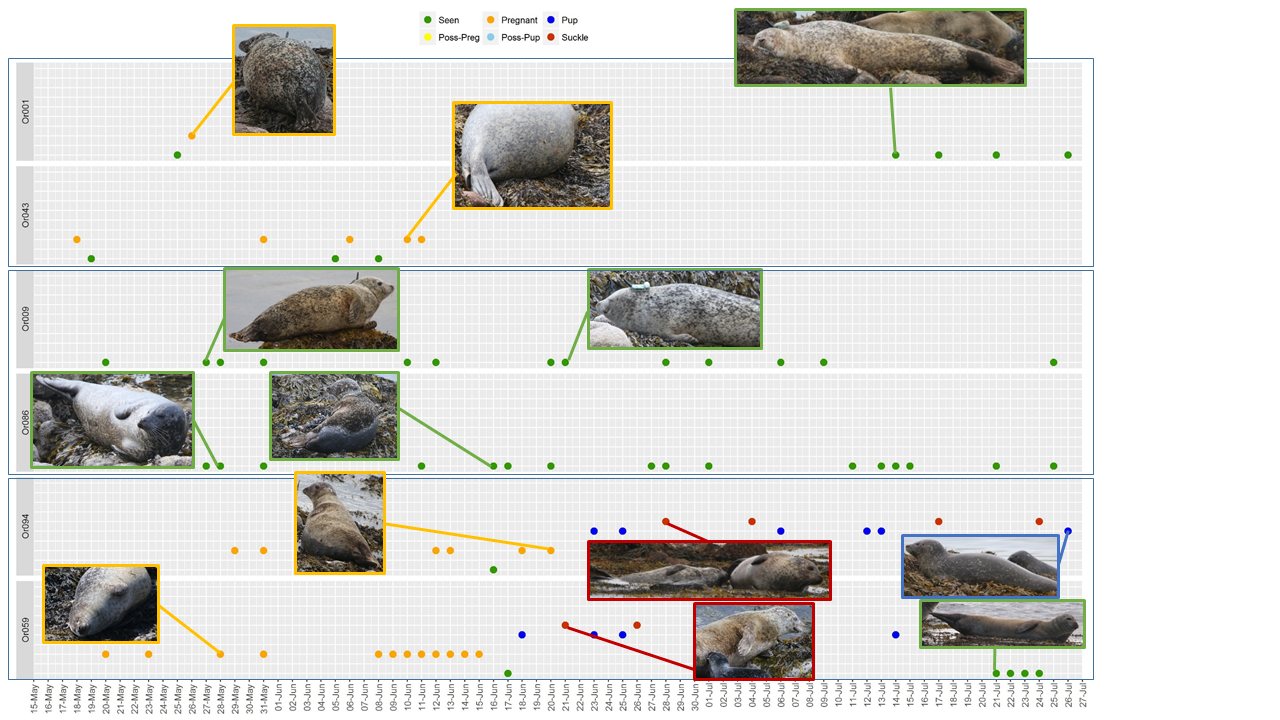
The pelage of harbour seals comes in all kinds of colors, as the proportion of dark and light colors changes across seals. Some seals are very pale, especially in the head area, while others are very dark. Some of the paler seals are especially difficult to identify given the lack of pelage pattern. It gets even more difficult as the summer advances and the time of the moult gets closer.
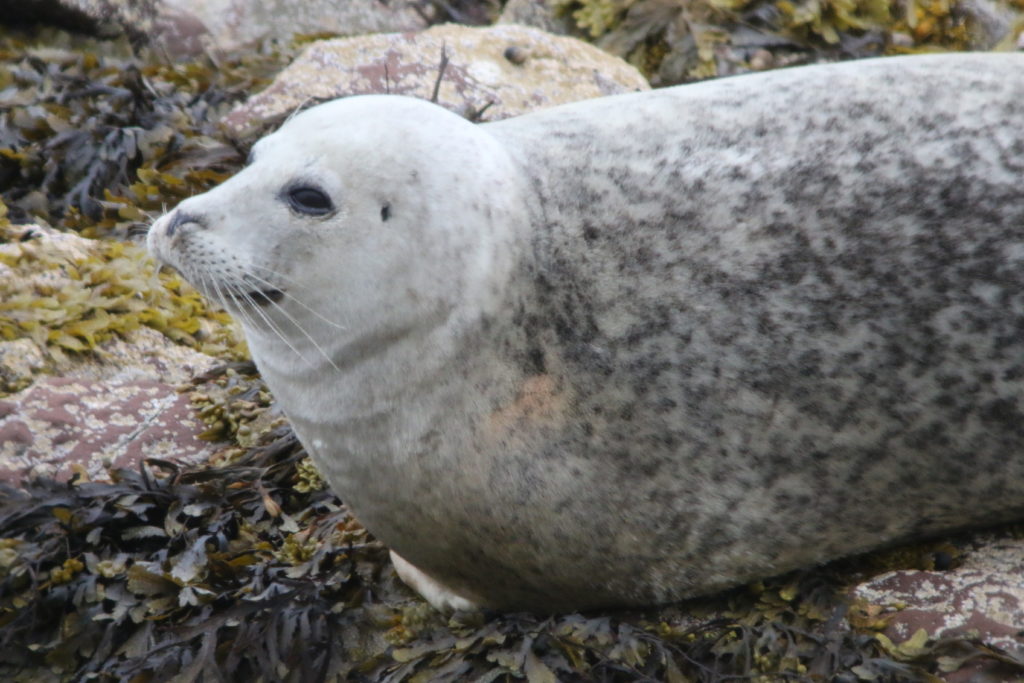
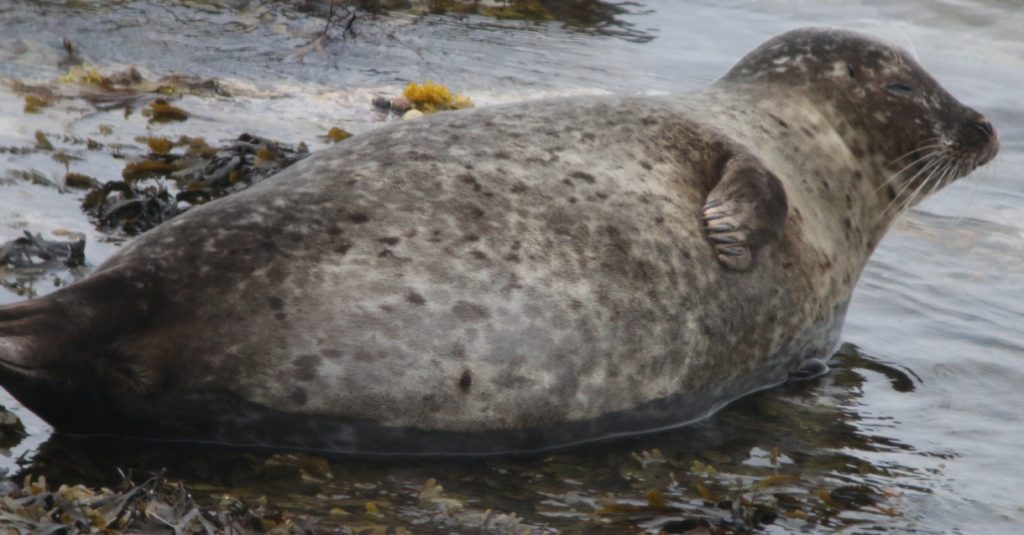
Seals will start the moult at different times, driven by the sex and reproductive status, although other factors will have an influence on the timing of the moult, for example body condition, temperature and hormones. Harbour seal pups moult first in utero, before the birth. After that, yearlings, which are the animals that were born the previous summer, will be the next ones to moult, followed by older seals including juveniles, adult females, and finally adult males. This summer, some of seals in Orkney made a good progress of the moult by the end of July, and a few were showing an almost complete new pelage by the end. Who knows, maybe the hot weather allowed them to moult a bit quicker than other summers. Whichever the reason, one cannot deny they look beautiful once the new pelage shows up, and the contrast with the brown looking pelage of just a few weeks before is noticeable.
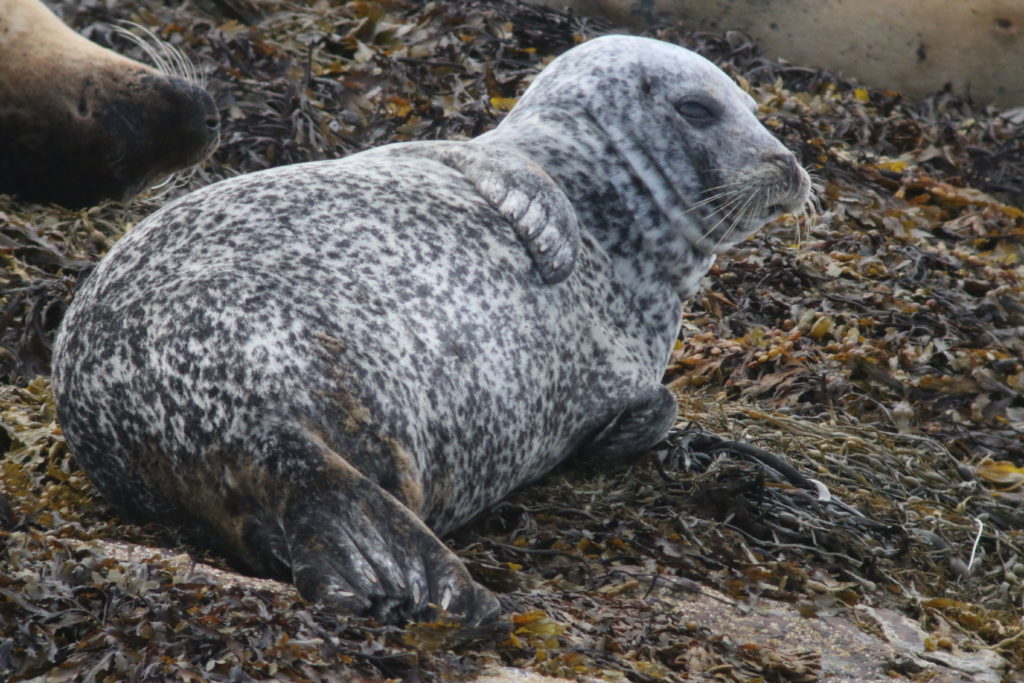
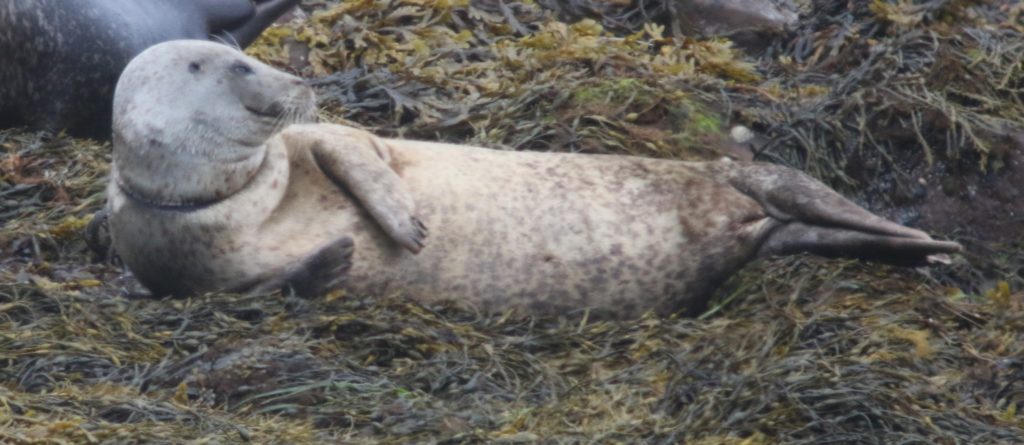
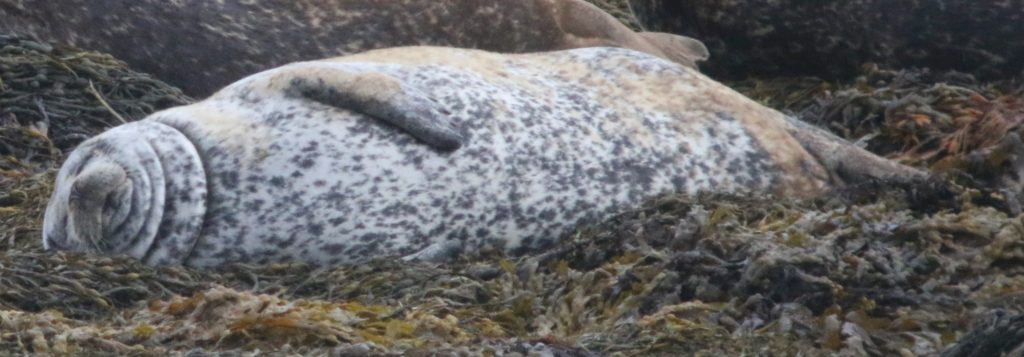
Written by Mònica
